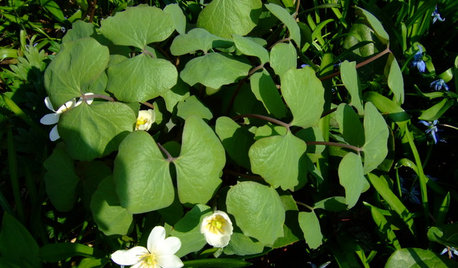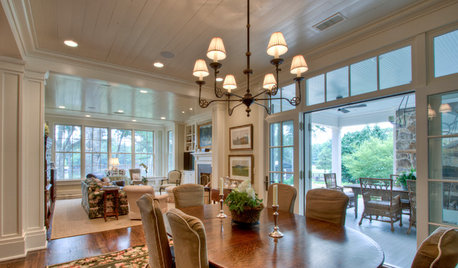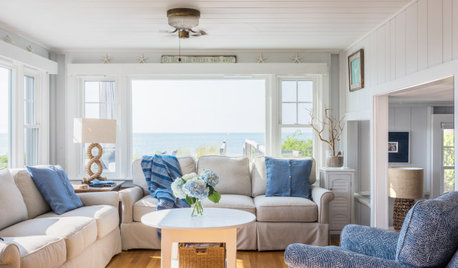Growing white pine in north Georgia
kendravicknair
9 years ago
Related Stories

HOUZZ TOURSHouzz Tour: Georgia Peach Grows California Roots
Southern Glamour and Bay Views Combine in Lush San Francisco Home
Full Story
GARDENING GUIDESYes, You Can Grow Food in a Shady Yard
Your shady garden doesn’t have to be forever barren. Berries, herbs and other shade-loving plants can produce a delicious bounty
Full Story
EDIBLE GARDENSSummer Crop: How to Grow Blueberries
Plant blueberries in spring or fall for garden beauty through three seasons — and a sweet superfood in summer
Full Story
GARDENING GUIDESGreat Design Plant: Grow Blueberries for Their Fruit and More
Eastern gardeners should consider growing blueberry plants for their delicious fruits, bee-friendly spring blooms and brilliant fall foliage
Full Story
GARDENING GUIDES7 New Plants to Grow for Beautiful Foliage
Add color, structure and interest to your garden with these recently introduced plants that sport exceptional foliage
Full Story
GARDENING GUIDESGrow Your Own Privacy: How to Screen With Plants and Trees
Use living walls to lower your home and garden's exposure while boosting natural beauty in your landscape
Full Story
GARDENING AND LANDSCAPINGGrow a Lush Privacy Screen
No need to wait forever for patio privacy the green way. These 10 ideas will get your screening up and running in no time
Full Story
GARDENING GUIDESGreat Design Plant: Jeffersonia Diphylla
The long-lasting foliage of this eastern North American native excels at filling in a shady garden
Full Story
HOUZZ TOURSHouzz Tour: Refined Casual Style for a Gracious Farmhouse
Once a rustic weekend cabin, this spacious Georgia home now comfortably accommodates the owners and their guests full-time
Full Story
WHITEWhat to Know Before You Paint Your Walls White
A coat of white paint can do wonders in one room and wreak havoc in another. Here are tips for using the popular hue
Full Story









wisconsitom
ken_adrian Adrian MI cold Z5
Related Professionals
Arnold Landscape Architects & Landscape Designers · Glen Ellyn Landscape Architects & Landscape Designers · Rossville Landscape Architects & Landscape Designers · Allentown Landscape Contractors · Tempe Landscape Contractors · Bristol Landscape Contractors · Canyon Lake Landscape Contractors · Fishers Landscape Contractors · Fort Wayne Landscape Contractors · Holland Landscape Contractors · Los Banos Landscape Contractors · Miller Place Landscape Contractors · Paramount Landscape Contractors · Paso Robles Landscape Contractors · Rancho Santa Margarita Landscape Contractorsdavidrt28 (zone 7)
kendravicknairOriginal Author
ken_adrian Adrian MI cold Z5
davidrt28 (zone 7)
conifer50
kendravicknairOriginal Author
ken_adrian Adrian MI cold Z5
wisconsitom
kendravicknairOriginal Author
kendravicknairOriginal Author
davidrt28 (zone 7)
davidrt28 (zone 7)
wisconsitom
davidrt28 (zone 7)
davidrt28 (zone 7)
kendravicknairOriginal Author
davidrt28 (zone 7)
bengz6westmd
davidrt28 (zone 7)
davidrt28 (zone 7)